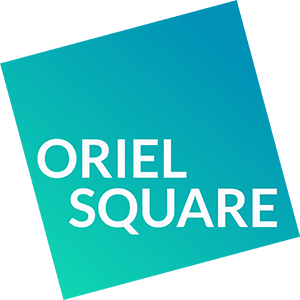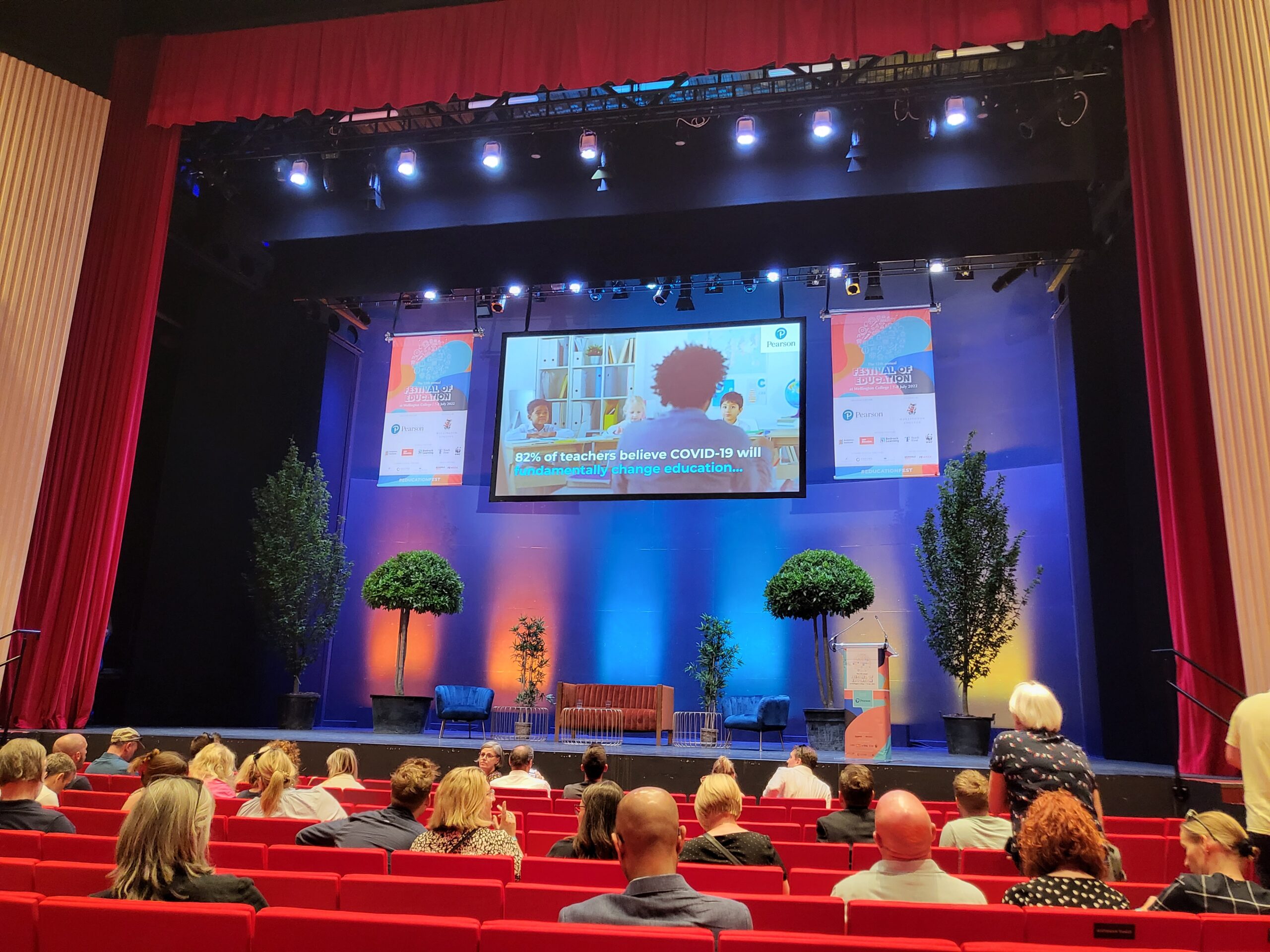I am more convinced than ever that in-person communication allows for better understanding between people
What is it about being face to face that makes such a difference?
The last few months have provided some wonderful opportunities to meet with colleagues in education face to face. I am more convinced than ever that in-person communication allows for better understanding between people, something indicated by research into non-verbal communication by Albert Mehrabian 55 years ago. Recent advances in technology haven’t fully compensated for these benefits, even though many of the barriers to virtual non-verbal communication have been removed or mitigated. So what is it about being face to face that makes such a difference? And when does it make enough difference for us to take the extra time, make the extra effort and incur the extra cost of meeting face to face?
What benefits are we looking for?
To answer that we need to be specific about the benefits we are looking for. In a perfect conversation, or a perfect learning experience, we receive information not just from speech but from facial expressions, physical movements, and interaction.
Recently, I observed a live online training session where the limitations of online communication were immediately clear, even though the materials were well-presented and the expert trainer was a good speaker. By not being able to see the other delegates, my own learning was limited to what the presenter was able to share, rather than extended to peer discussions. This limited the presenter too as they were not able to tell what delegates were doing. Were they listening intently, answering email, or taking the opportunity to make a cup of tea?
Were they listening intently, answering email, or taking the opportunity to make a cup of tea?
Even well-designed virtual experiences with cameras, breakout rooms, chat windows, shared Q&A and discussion facilitation still suffer from limited non-verbal (and sometimes even verbal) communication. What they almost always lack is in the richness of ‘unofficial’ connection. It is relatively easy for me to feel connected online with people I already know, but making new connections (or even friends) is much harder without the opportunity of a tea-break or a shared complaint at the quality of biscuits.
When hybrid events work best
It was worlds apart from the compromised experience of being the only virtual attendee.
Some of the most successful events combine the power of new technology with the quality of face-to-face communication. Recent educational research events I have attended have had their potential impact magnified by a hybrid format focused on in-person connection.
High attendance at the RISE conference in Oxford proved that people are willing to travel for the benefits of meeting to share information and deepen mutual understanding and relationships. Simultaneously, the conference arranged a virtual hub in Abuja, and included a mixture of in-person and live virtual presenters. The success of the hybrid format relied on the expert orchestration of audiovisual technology and some excellent facilitation. It was worlds apart from the compromised experience of being the only virtual attendee, or from being at a poorly planned online meeting.
What does it mean for education organisations?
The return to face-to-face interaction means that we can provide more agile, interactive and creative input to projects. We can also learn more from teachers and researchers.
The last few weeks have been a steep re-learning curve for everyone getting used to being back in person, and we’re looking forward to an autumn term of in-person facilitation, observation and relationship-building, including:
- Customer experience mapping workshops
- Strategy meetings
- Lesson observations
- Training courses
In-person contact is good for the soul.
I have no doubt that as well as occasionally being exhausting, and requiring prioritisation of time to prepare and attend, in-person contact is good for the soul. Our team at Oriel Square has been able to visit the offices of our suppliers and partners, attend insight days and the Festival of Education, and meet with clients.
I have been to London more often in the last three weeks than I had in the previous three years, and my first visit to Cambridge since 2019 gave me the opportunity to catch up with friends from the educational research community. Our team has been at industry events in Bologna, London, New Orleans and Belfast. Later in the year we look forward to meeting clients, suppliers and educators in Southeast Asia and the Middle East as part of our efforts to ensure we continue to provide clients with global, on-the-ground educational research and publishing insight and expertise.
Being able to meet in person is a real privilege.
A privilege to meet in person
There are many things technology can help us to do, from removing unnecessary and carbon-intensive travel, to helping our professional network of suppliers feel part of the team. But for broad and deep learning experiences, the clearest communication and long-term relationship building, being able to meet in person is a real privilege. It’s something we can use to great effect in helping our clients to deliver the most engaging and effective resources for teaching and learning.
Looking for more top tips and insights into the world ofeducation publishing? Scroll down to subscribe to our monthly newsletter.

